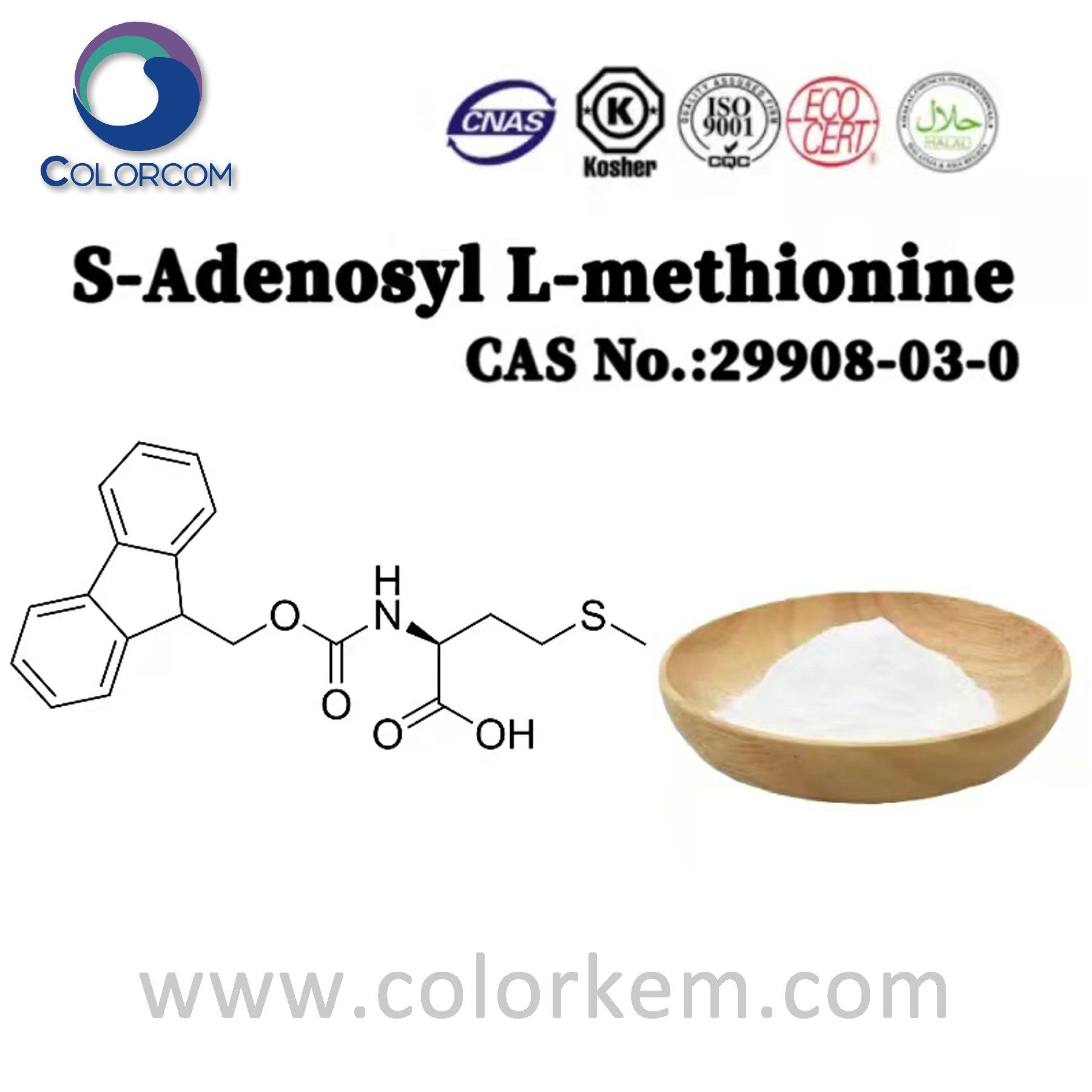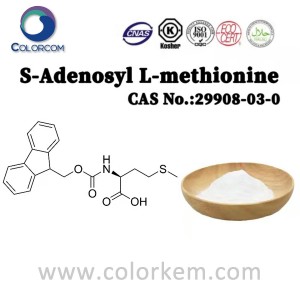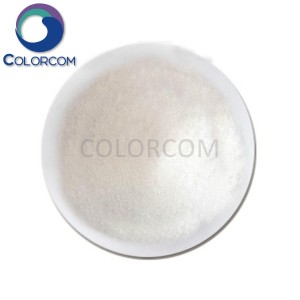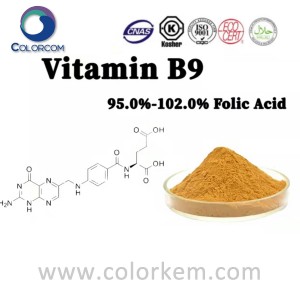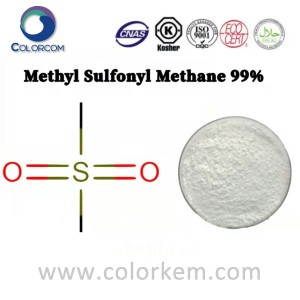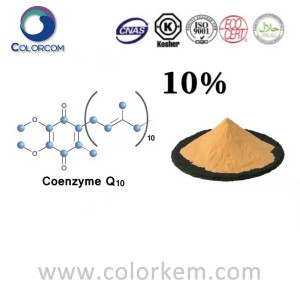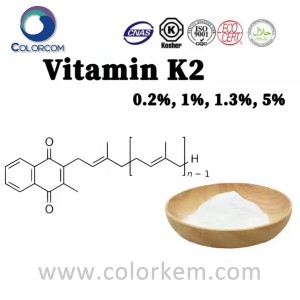S-Adenosyl L-methionine | 29908-03-0
Product Description:
S-adenosylmethionine was first discovered by scientists (Cantoni) in 1952.
It is synthesized by adenosine triphosphate (ATP) and methionine in cells by methionine adenosyl transferase (Methionine Adenosyl Transferase), and when it participates in the methyl transfer reaction as a coenzyme, it loses a methyl group and decomposes it into S-adenosyl group Histidine.
Technical indicators of L-Cysteine 99%:
| Analysis Item | Specification |
| Appearance | White to off-white Powder |
| Water Content (K.F) | 3.0% MAX |
| Sulphated Ash | 0.5% MAX. |
| PH (5% AQUEOUS SOLUTION) | 1.0 -2.0 |
| S, S-Isomer (HPLC) | 75.0% MIN |
| SAM-e ION (HPLC) | 49.5 - 54.7% |
| P-Toluenesulfonic Acid | 21.0%–24.0% |
| Content of Sulfate (SO4) (HPLC) | 23.5%–26.5% |
| Disulfate Tosylate | 95.0%–103% |
Related substances (HPLC):
| - S-adenosyl-l-homocysteine | 1.0% MAX. |
| - Adenine | 1.0% MAX. |
| - Methylthioadenosine | 1.5% MAX |
| - Adenosine | 1.0% MAX. |
| - Total impurities | 3.5% MAX. |
| Heavy metals | Not more than 10 ppm |
| Lead | Not more than 3 ppm |
| Cadmium | Not more than 1 ppm |
| Mercury | Not more than 0.1 ppm |
| Arsenic | Not more than 2 ppm |
Microbiology
| Total Aerobic Count | ≤1000cfu/g |
| Yeast and mold count | ≤100cfu/g |
| E. coli | Absent/10g |
| S. aureus | Absent/10g |
| Salmonella | Absent/10g |


